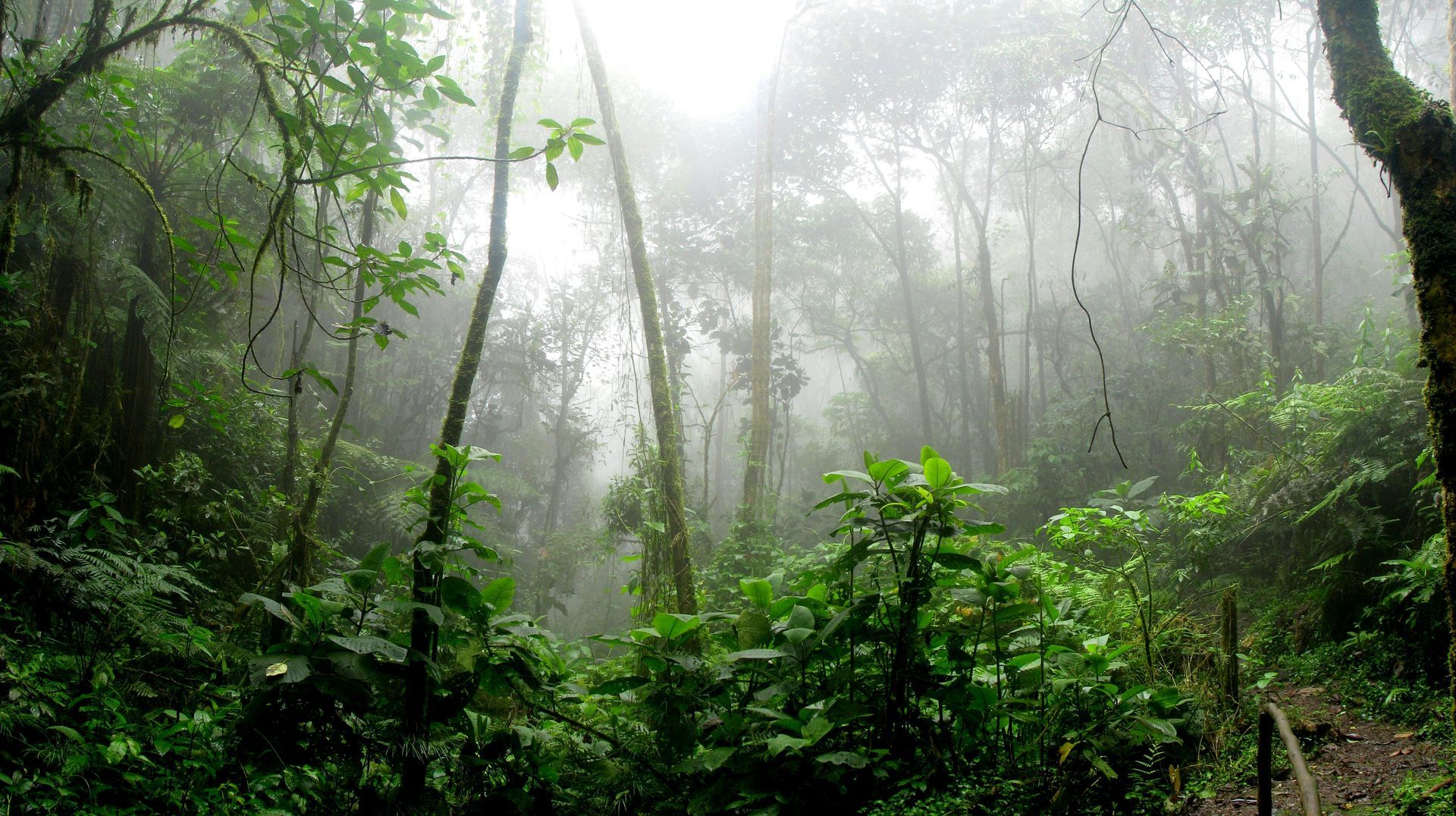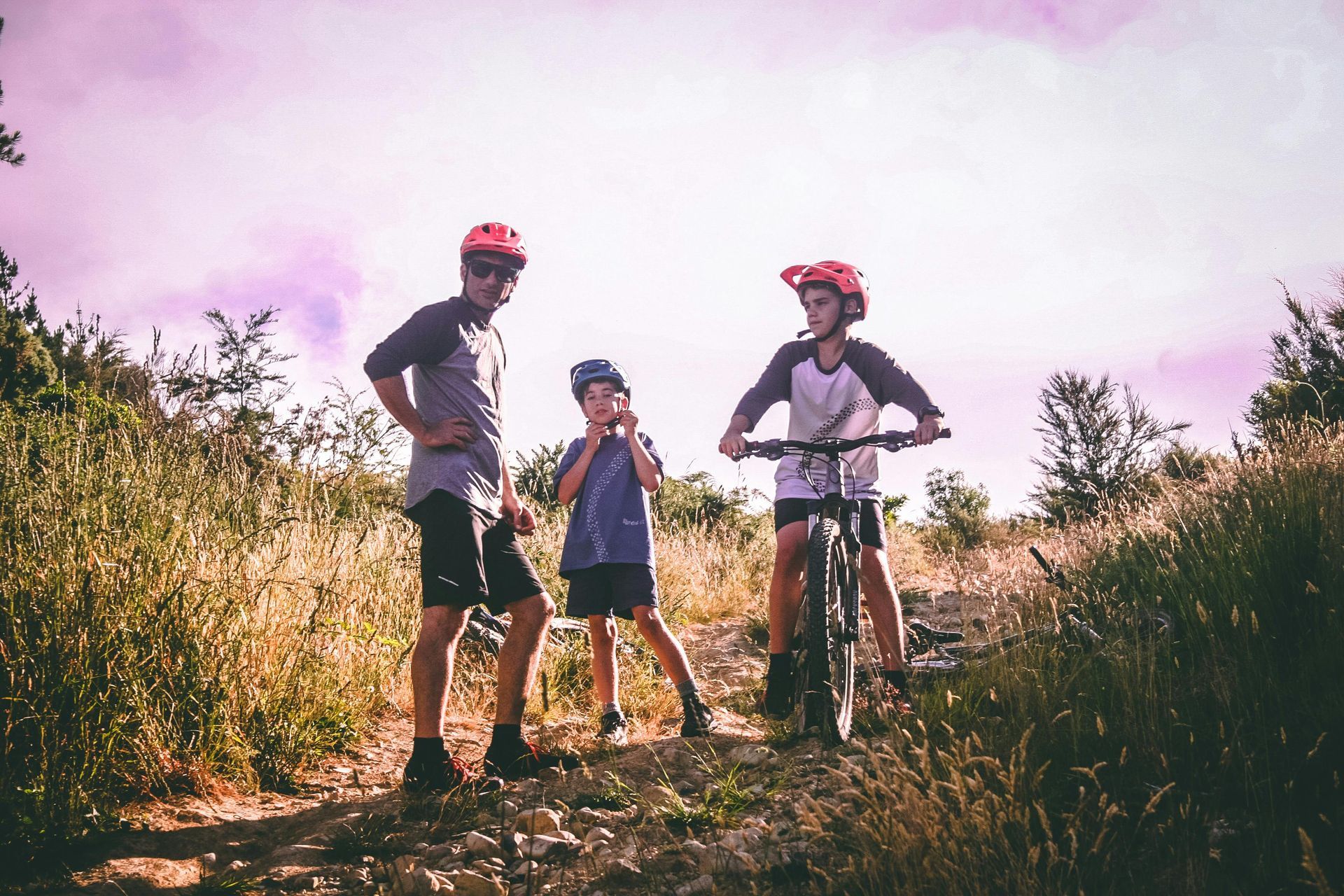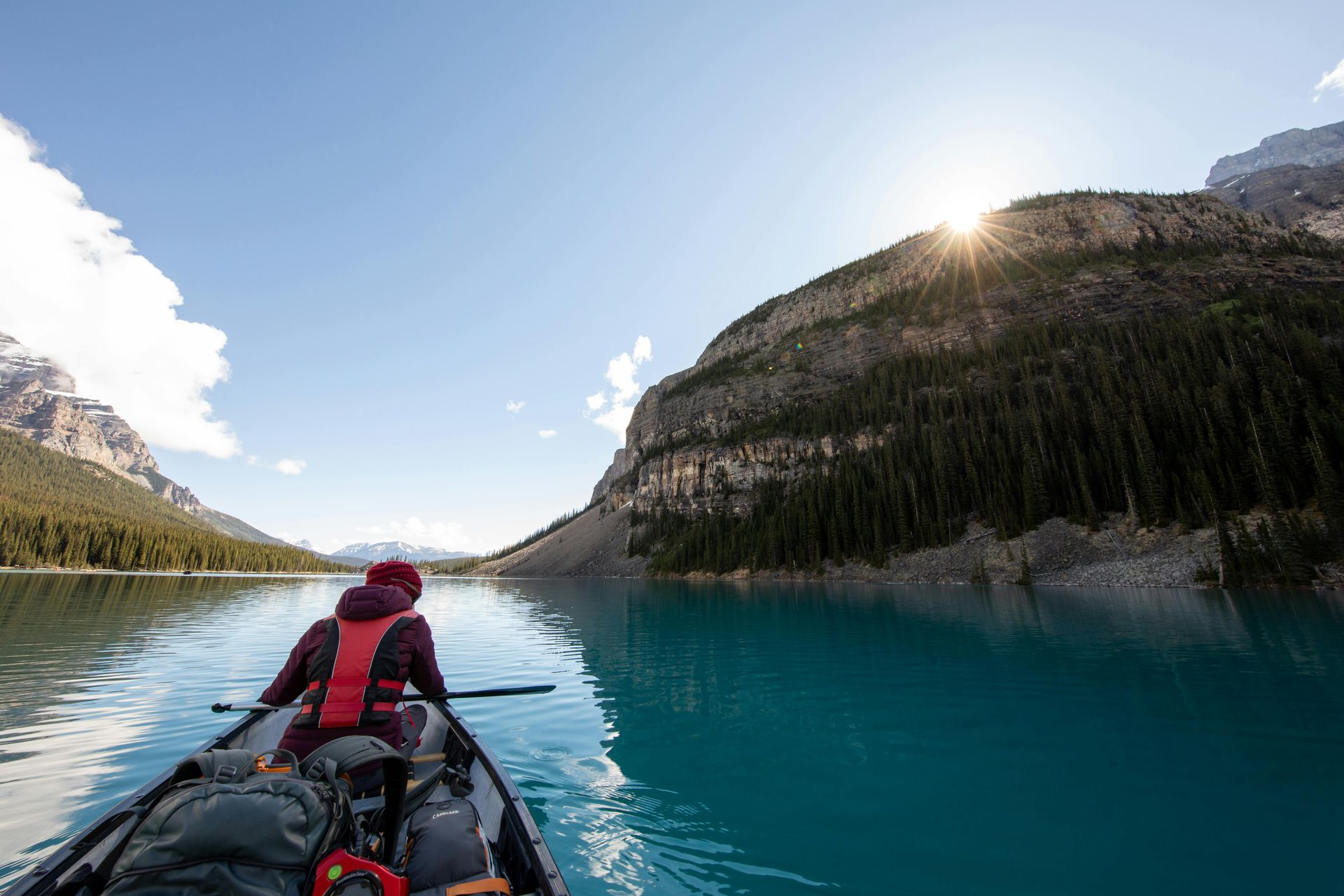Why Your School's Hiking or Expedition Risk Assessment Might Be Setting You Up for Failure
Your School Activity Risk Assessments Need Real World Context

When I was still teaching, I was reviewing a risk assessment for a hike when I first arrived at the school and it was concerning. Not because of the terrain they were planning to tackle, but because their entire approach to managing risk was based more on hope rather than professional planning.
The document read like a generic template that had been copied and pasted so many times, it bore no resemblance to the actual hiking trail they intended to use. They'd listed "risk of drowning" for a remote area hike with no creeks, rivers or dams and somehow missed the very real hazards of dehydration, heat exhaustion and the fact that their chosen trail included several technical rock scrambles that would challenge experienced hikers, let alone a group of Year 9 students.
This isn't an isolated incident. I've seen this pattern repeated across countless schools where well-meaning teachers are expected to assess and manage risks for activities they've never personally experienced. It's like asking someone to write a driving manual when they've never been behind the wheel.
The Real Problem with Generic Risk Assessments
When it comes to hikes, variable terrain presents unique challenges that can't be addressed with a one-size-fits-all approach. Every trail has its own personality like loose rocks that shift underfoot, creek crossings that can become torrents after rain, and weather patterns that change dramatically with elevation.
I remember one expedition where we encountered a group that had clearly not planned well. They were attempting a ridge walk in conditions that were deteriorating rapidly, with no understanding of how quickly weather can change at altitude and a storm front approaching. Their risk assessment had mentioned "possible rain" but hadn't considered the implications of lightning strikes on an exposed ridge line.
What struck me most was their complete lack of preparation for the terrain they were actually facing. They had running shoes instead of hiking boots, no navigation tools beyond a phone in an areas with no reception and absolutely no contingency plans for the multiple scenarios that mountain environments can throw at you.
How Professional Risk Assessment Training & Support Changes Everything
This is where specialized risk assessment training makes all the difference. When you understand how to properly evaluate hiking terrain, you start looking at factors that generic templates simply can't cover:
- Terrain Analysis: Understanding how different surfaces affect stability and injury risk
- Weather Vulnerability: Recognizing how topography influences local weather patterns
- Escape Route Planning: Identifying multiple exit points for various emergency scenarios
- Group Dynamics: Assessing how terrain difficulty matches your group's capabilities
The schools that get this right are the ones investing in proper training for their staff. They're not just ticking boxes on a compliance document they're developing genuine expertise in risk assessment and management.
Technology That Actually Helps
Our dynamic Xcursion Planner software has revolutionized how we approach hiking risk assessments. Instead of static documents that gather dust until something goes wrong, we now have dynamic tools that integrate real-time weather data, terrain mapping, and group management features.
I've watched schools transform their approach when they start using software that actually understands the complexities of outdoor education. Suddenly, their risk assessments become living documents that adapt to changing conditions rather than hopeful fiction written in an office by someone without the training and experience needed for the activities at hand.
The Human Factor Still Matters Most
But here's the thing no amount of technology can replace the fundamental requirement that someone on your team actually knows what they're doing. The most sophisticated software in the world won't help if your staff have never experienced the environment they're planning to take students into. Most school excursion incidents happen because of human errors in planning, risk management and decision making.
This brings me back to a fundamental principle I've been advocating for years: if you're going to take students somewhere, you need to have been there yourself first. Not just driven past it or looked at photos online you need to have walked that trail, experienced those conditions, and understood firsthand what challenges your students will face.
Building Real Expertise
The schools which excel at running any sort of experiential learning activities are the ones that invest in developing genuine risk management skills expertise within their teams. They send staff on professional development courses, partner with experienced educators, and most importantly, they create a culture where admitting you don't know something is seen as professional responsibility rather than weakness.
I've seen teachers transform from nervous first-timers to confident risk managers through proper training and mentorship. The difference isn't just in their technical skills it's in their ability to make sound decisions under pressure and adapt their plans when conditions change.
Moving Beyond Compliance Theater
Too many schools are still stuck in what I call "compliance theater" going through the motions of risk assessment without actually managing risk. They have impressive-looking documents that satisfy administrators but provide no real protection for students or staff.
Real risk management for excursions requires understanding the environment, training your team, using appropriate tools, and maintaining the flexibility to adapt when conditions change. It's about developing professional competence rather than just professional paperwork.
Students, parents, teachers and schools deserve far better than generic templates and a few crossed fingers in the hope nothing goes wrong. These programs which are a wonderful part of a great educational experience deserve and require educators who understand the environments they're entering and have the skills to manage the real risks they'll encounter.
What's your school's approach to risk assessments? Are you building genuine capacity and expertise or just ticking compliance boxes?











